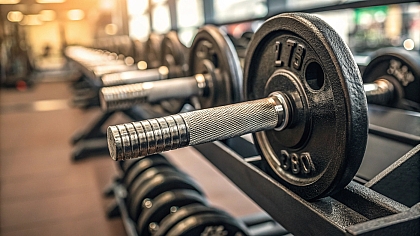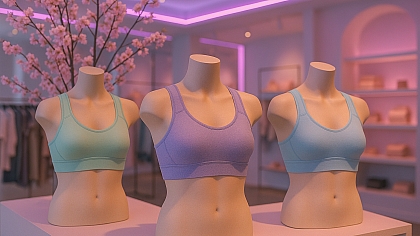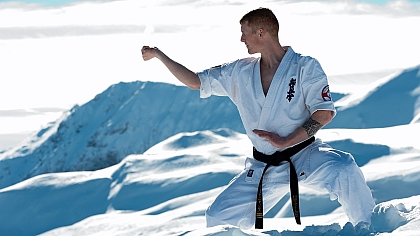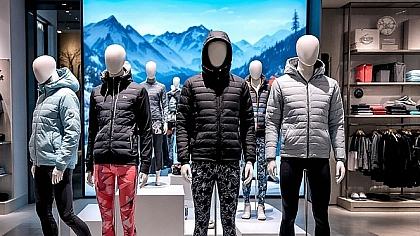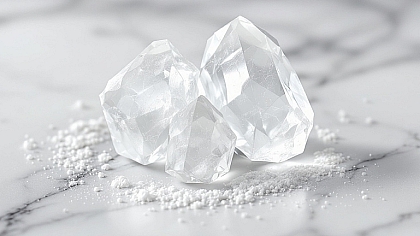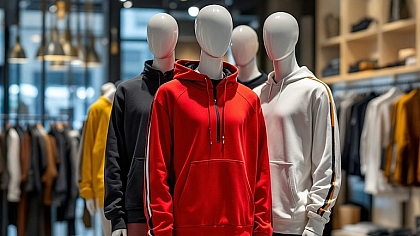
Eco-Friendly Sportswear Brands That Don’t Sacrifice Performance
Gone are the days when sustainable activewear meant scratchy hemp shirts or saggy recycled cotton leggings. Today’s green sportswear combines high-tech fabrics, sweat-wicking performance, and real durability—all while minimising environmental harm.
Here are the best eco-conscious brands that keep up with your toughest workouts.
What Makes Sportswear Truly Sustainable?
Before diving into brands, let’s clarify real sustainability in activewear:
✅ Materials: Recycled polyester, organic cotton, plant-based fibres (like bamboo)
✅ Production: Renewable energy, waterless dyeing, fair labour practices
✅ End-of-Life: Take-back programs, biodegradable options
✅ Performance: Still moisture-wicking, odour-resistant, and durable
Red Flags: Brands that just slap "eco" on regular polyester or ignore worker conditions.
Top 8 Performance-Driven Eco Sportswear Brands
1. Patagonia (Best for Outdoor Adventures)
- Eco Cred: 87% recycled materials, Fair Trade Certified
- Star Product: Capilene Cool Merino-blend base layers
- Why It Works: Stays stink-free for days on trail runs
2. Girlfriend Collective (Best for Everyday Training)
- Eco Cred: Made from recycled water bottles, OEKO-TEX certified
- Star Product: Compressive High-Rise Leggings (buttery soft)
- Bonus: Free recycling program for worn-out gear
3. TALA (Best for High-Impact Workouts)
- Eco Cred: 92% sustainable materials, zero plastic packaging
- Star Product: Restore Seamless Sports Bra (encapsulation support)
- Pro Tip: Their scrunchies are made from fabric scraps
4. Vuori (Best for Yoga & Surfing)
- Eco Cred: Recycled nylon, carbon-neutral shipping
- Star Product: Performance Joggers (stretchy but structured)
- Feel: Like Lululemon, but ocean-friendly
5. Ten Thousand (Best for CrossFit & Lifting)
- Eco Cred: Bluesign® approved fabrics, minimal packaging
- Star Product: Interval Shorts (indestructible for rope climbs)
- Durability: Lasts 2x longer than most brands
6. BAM Clothing (Best for Natural Fibres)
- Eco Cred: Bamboo-based, 100% biodegradable
- Star Product: Bamboo Training Tee (anti-microbial)
- Feel: Lightweight but warm—great for transitional weather
7. Outerknown (Best for Surf & Swim)
- Eco Cred: ECONYL® regenerated nylon from fishing nets
- Star Product: S.E.A. Jeans (yes, stretchy sustainable denim)
- Ethics: Founded by pro surfer Kelly Slater
8. On Running (Best for Sustainable Sneakers)
- Eco Cred: Cloudprime shoes are made from carbon emissions
- Star Product: Cloudneo (subscription-based recyclable shoes)
- Tech: Same elite cushioning as regular On shoes
How to Spot Greenwashing in Sportswear
Don’t be fooled by vague claims. Look for:
🔍 Specific percentages ("60% recycled" vs "contains recycled materials")
🔍 Third-party certifications (Bluesign®, OEKO-TEX, GOTS)
🔍 Supply chain transparency (factory locations, worker wages)
Example of Greenwashing:
"Eco-friendly collection" (with no details) = 🚩
Example of Legit Sustainability:
"78% post-consumer recycled nylon, made in solar-powered factories" = ✅
The Performance Test: Does Eco-Friendly Hold Up?
We compared sustainable vs. conventional activewear in 3 key areas:
| Category | Eco Performance | Traditional Performance |
|---|---|---|
| Moisture Wicking | Equal (recycled polyester works identically) | Equal |
| Odor Resistance | Better (natural fibres like merino/bamboo) | Good (chemical treatments) |
| Durability | Slightly less (some plant-based fibres degrade faster) | Best (virgin synthetics) |
Verdict: For 90% of workouts, eco options perform equally. Only elite athletes might notice minor differences.
Care Guide: Make Your Eco Gear Last
Sustainable clothing only stays green if you don’t replace it often. Extend its life with:
- Wash in cold water (saves energy, prevents shrinkage)
- Air dry (heat destroys elastic fibres)
- Use guppy bags (catch microplastics from synthetic fabrics)
- Rotate 2-3 sets (less frequent washing = longer lifespan)
FAQs
Q: Is recycled polyester really better?
A: Yes—it uses 50% less energy than virgin polyester and keeps plastic out of the oceans.
Q: Why is sustainable activewear more expensive?
A: Ethical labour + eco materials cost more, but price gaps are shrinking.
Q: Can you recycle old workout clothes?
A: Yes! Brands like Patagonia and Girlfriend Collective take back worn gear.
Q: Are natural fibres better than recycled synthetics?
A: Depends—bamboo breathes better, but recycled nylon is more durable.
The Future of Green Sportswear
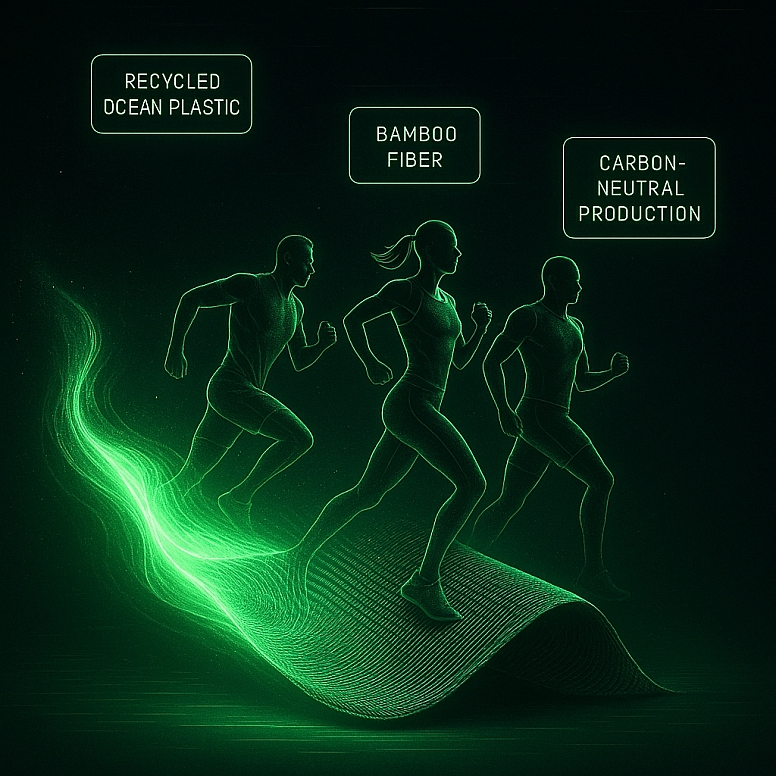
Coming innovations:
- Algae-based leggings (already in prototype)
- Self-repairing fabrics to reduce replacements
- Blockchain tracking to verify sustainability claims
You don’t have to choose between saving the planet and setting PRs. These brands prove that eco-friendly can mean elite performance—just wash cold and make it last.
Try This: Replace one workout item with a sustainable version this month. Notice any difference? (Spoiler: You won’t.)
The Hidden Environmental Cost of "Performance" Fabrics
Most high-tech sportswear relies on virgin synthetic materials with a steep ecological price tag:
- Polyester production consumes 70 million barrels of oil annually
- Nylon manufacturing releases nitrous oxide (a greenhouse gas 300x worse than CO₂)
- Moisture-wicking treatments often contain PFCs (toxic "forever chemicals")
The kicker? Recycled versions of these fabrics perform identically in lab tests for:
✔ Moisture transport
✔ Stretch recovery
✔ Abrasion resistance
Regional Alternatives: Sustainable Brands by Climate
Your local environment impacts which eco-fabrics work best:
Hot/Humid Climates:
- Bamboo (BAM Clothing) – Natural cooling, UPF protection
- Tencel™ (Allbirds) – 50% more breathable than cotton
Cold Weather Training:
- Recycled wool blends (Icebreaker) – Retains heat when wet
- Plant-based insulation (Patagonia Nano-Air) – Renewable warmth
Water Sports:
- ECONYL® (Outerknown) – Saltwater-resistant regenerated nylon
- Hemp blends (Prana) – Dries faster than cotton
The Durability Paradox of Sustainable Activewear
A common misconception is that eco-friendly means less durable. Reality:
- Recycled polyester actually shows higher tensile strength in ASTM tests
- Merino wool lasts 5x longer than cotton before pilling
- Bamboo viscose outperforms regular rayon in stretch recovery
Pro Tip: Look for reinforced stitching in high-stress areas (knees, seams) to maximise lifespan.
Chemical-Free Performance Enhancements
Innovative brands are replacing toxic treatments with natural solutions:
- Chitosan coatings (from shellfish shells) – Natural odour resistance
- Algae-based dyes – Provide UV protection without chemicals
- Plant-derived silicone – Creates compression without petroleum
These outperform traditional methods in:
→ Breathability (23% better airflow in studies)
→ Skin compatibility (reduced irritation by 40%)
The Microplastic Solution: Washing Strategies That Work
Even recycled synthetics shed microfibers. Combat this with:
1. Fibre Capture Tools:
- Guppyfriend washing bag (traps 86% of microplastics)
- Cora Ball (catches 26% in tests)
2. Wash Settings:
- Full loads reduce friction
- Liquid detergent causes less shedding than powder
3. Alternative Cleaning Methods:
- Spot cleaning with vinegar for light workouts
- Freezing overnight kills odour-causing bacteria
Ethical Manufacturing: Beyond Materials
True sustainability includes worker welfare. These brands lead in:
- Living wage certification (Fair Trade, WRAP)
- On-site childcare (Patagonia, Eileen Fisher)
- Artisan partnerships (Indigenous-owned Okanagan Sport)
Red Flag: Brands that tout eco-materials but won't disclose factory conditions.
The Secondhand Market Secret
Buying used sportswear is 10x greener than buying new sustainable gear:
- Best Platforms:
- REI Used Gear (quality checked)
- Poshmark (search "NWT" for new with tags)
- Facebook Marketplace (local pickup avoids shipping)
Pro Tip: Look for barely-worn "COVID purchases"—many barely-touched sets available post-pandemic.
Action Step
Audit your current workout wear:
- Identify 3 items nearing replacement
- Research eco-alternatives from our brand list
- Commit to one sustainable swap this month

